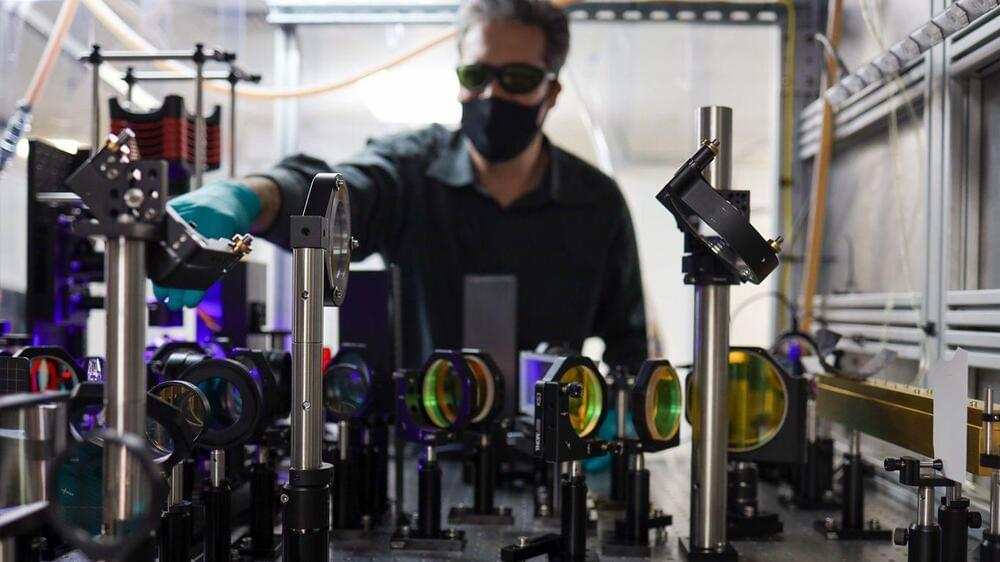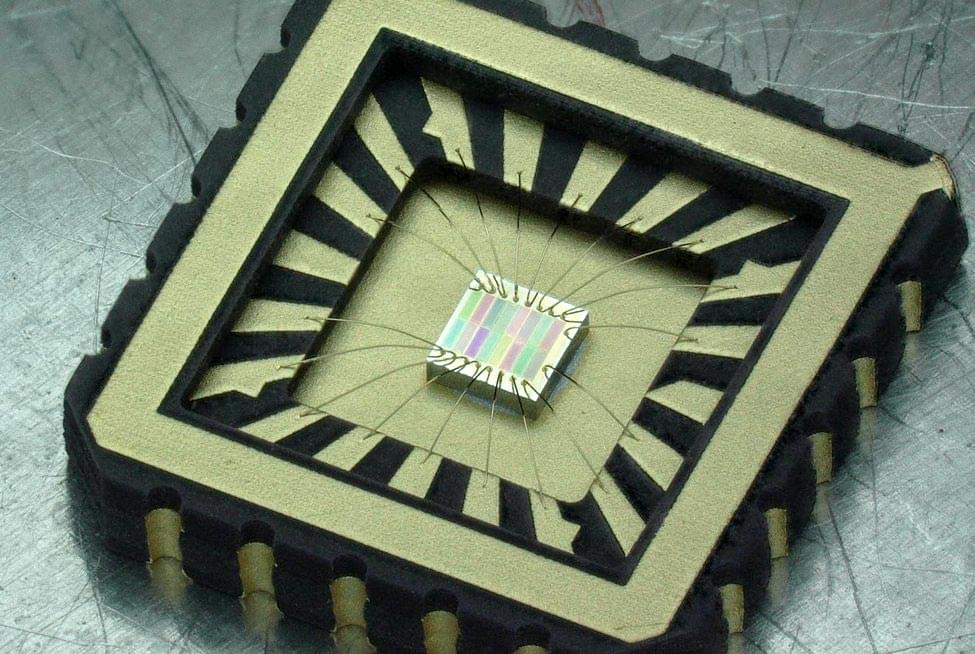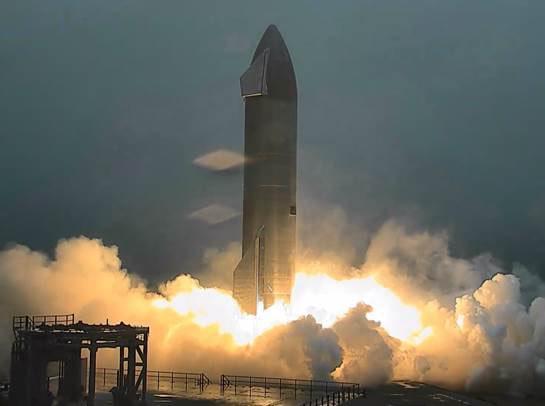Parallel Systems bursts out of stealth mode with a SpaceX pedigree and a plan for launching the nation’s railways into the space age with autonomous electric railcars.
Electric trains have been much in the news lately. Adding to all the hoopla today is the US startup Parallel Systems, which has just busted out of stealth mode with a recipe for replacing thousands of trucks on the highways with zero emission short-haul autonomous electric railcars. The company sports a leading lineup of three former SpaceX electronics and battery experts, so let’s see what all the fuss is about.
Autonomous Electric Railcars
The idea of electric locomotives is beginning to catch on, but Parallel Systems is calling its version a “rail vehicle” because it has no resemblance to a locomotive. Think of it as a train without locomotives, and the picture comes into sharper focus.









